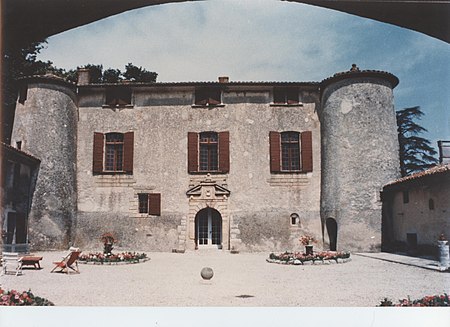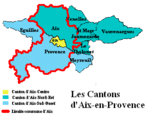Château de la Calade
Châteaux in Bouches-du-RhôneFrench building and structure stubsMonuments historiques of Aix-en-Provence

The Château de la Calade is a listed château in Aix-en-Provence.
Excerpt from the Wikipedia article Château de la Calade (License: CC BY-SA 3.0, Authors, Images).Château de la Calade
Route de la Calade, Aix-en-Provence
Geographical coordinates (GPS) Address External links Nearby Places Show on map
Geographical coordinates (GPS)
| Latitude | Longitude |
|---|---|
| N 43.5728 ° | E 5.3897 ° |
Address
Château de la Calade
Route de la Calade
13089 Aix-en-Provence
Provence-Alpes-Côte d'Azur, France
Open on Google Maps





